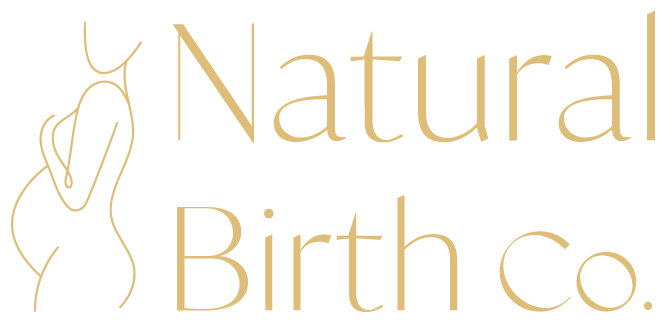How to labour with a posterior baby.
Now that we know how why babies optimal position may be Posterior (refer to previous post here), it is important that we know how to optimise the very potential labour that is NOT a complication but simply a variation of normal.
Fact of the matter is that labouring and birthing a posterior baby does tend to be a longer and hard labour. Now I don’t say this to scare you or put fear into you but to simply set the expectation so that you know what you are experiencing is NORMAL and it is not your body not ‘progressing’, it is not your baby ‘being naughty’ but it is simply the natural way your body births.
Facts to a posterior labour:
Labour will be slightly more intense in sensation
Labour will be longer
Your labour contraction pattern may very well be no consistent and quite erratic the whole time
You will likely experience back pain through your labour which is often more obvious then the contraction pains at the front
You will likely feel pressure in your bum and maybe even the urge to push pre your cervix being 10cm
You may even get a swollen cervix which is normal for posterior labours
To labour with a posterior labour we work with 2 different forces.
Gravity
Creating space in the pelvis
Working with Gravity during a posterior labour
We used to think posterior labours we needed to be on all 4’s the whole time to get baby to rotate however this couldn't be more wrong.
Something that is important for use to understand is that the uterus contract in a clock wise motion.
For example- when baby starts in an ROP position —-> they move to OP —--> Then LOL —----> Then OA!
We use gravity to encourage and guid baby all the way around as they rotate and move.
Refer to the video version of this podcast here for visual explanation and positions.
Working with movement and positions to create space in the pelvis
As baby engages int he pelvis inlet (enters the top of the pelvis) and descends through to the mid pelvis there are a variety of positions that we do to create space for baby to enter and move through the pelvis.
Refer to the video for visual explanation of movements and positions to take during labour and at what stages.
Do you want to ensure that your baby is in the optimal position for you and your individually shaped pelvis?
Our Body Balance workshop creates space int he uterus for abby to be in the optimal position and balance within the pelvis for baby to be able to flex and rotate their way through the pelvis.
Click here to purchase this online workshop or here to learn more about this workshop.
Have an optimally positioned baby on board and want to learn more?
Book a FREE call with Amy to discuss the best way for you to prepare for your posterior positioned labur!


